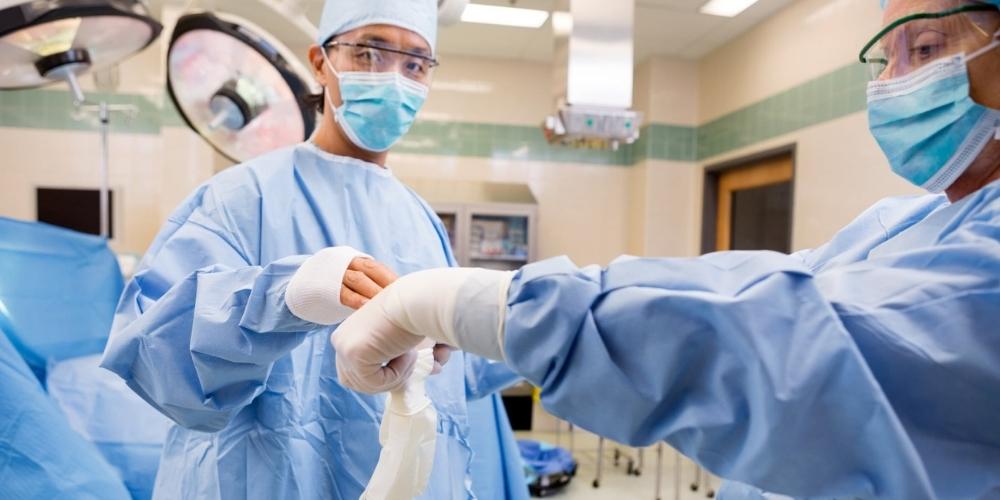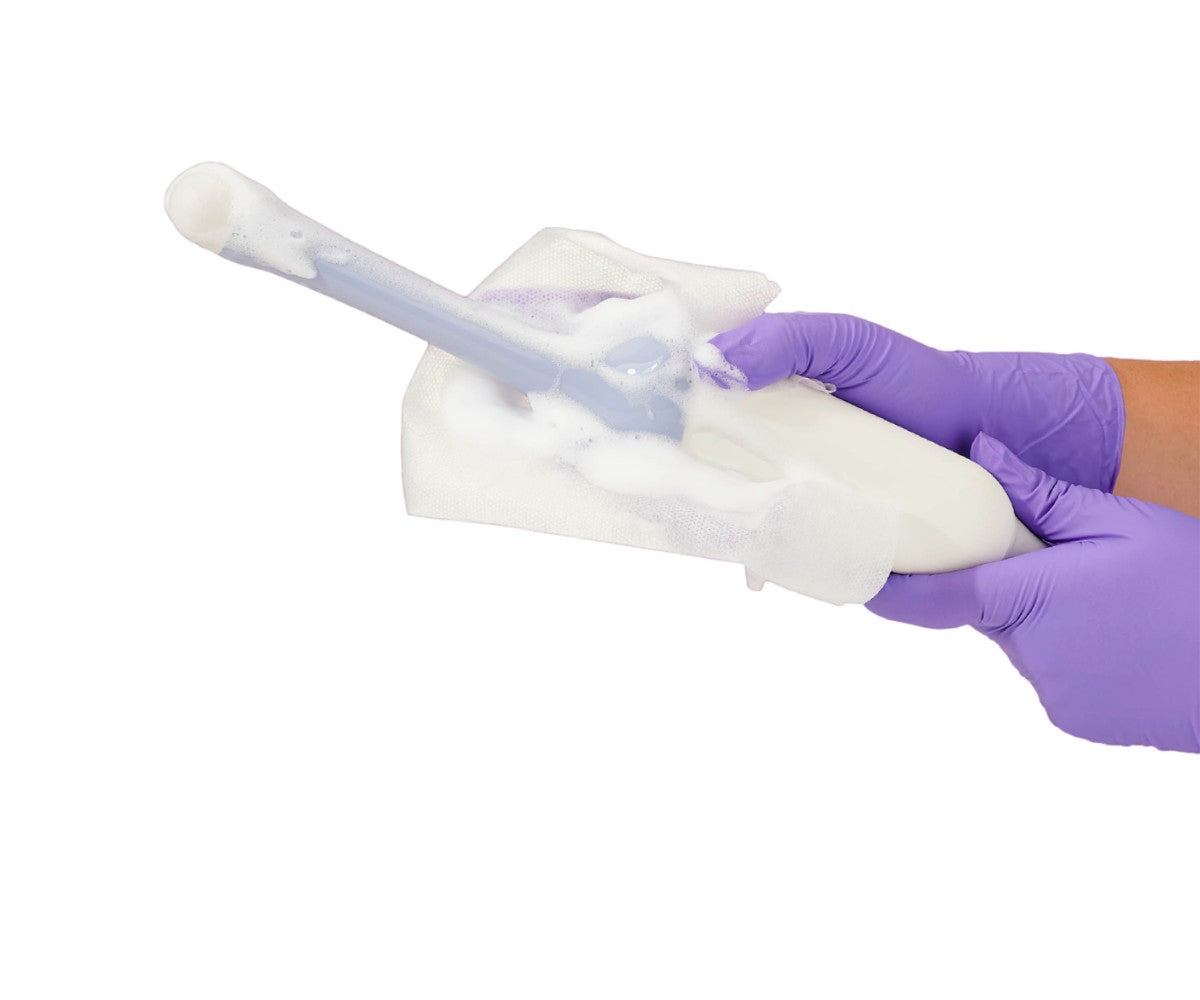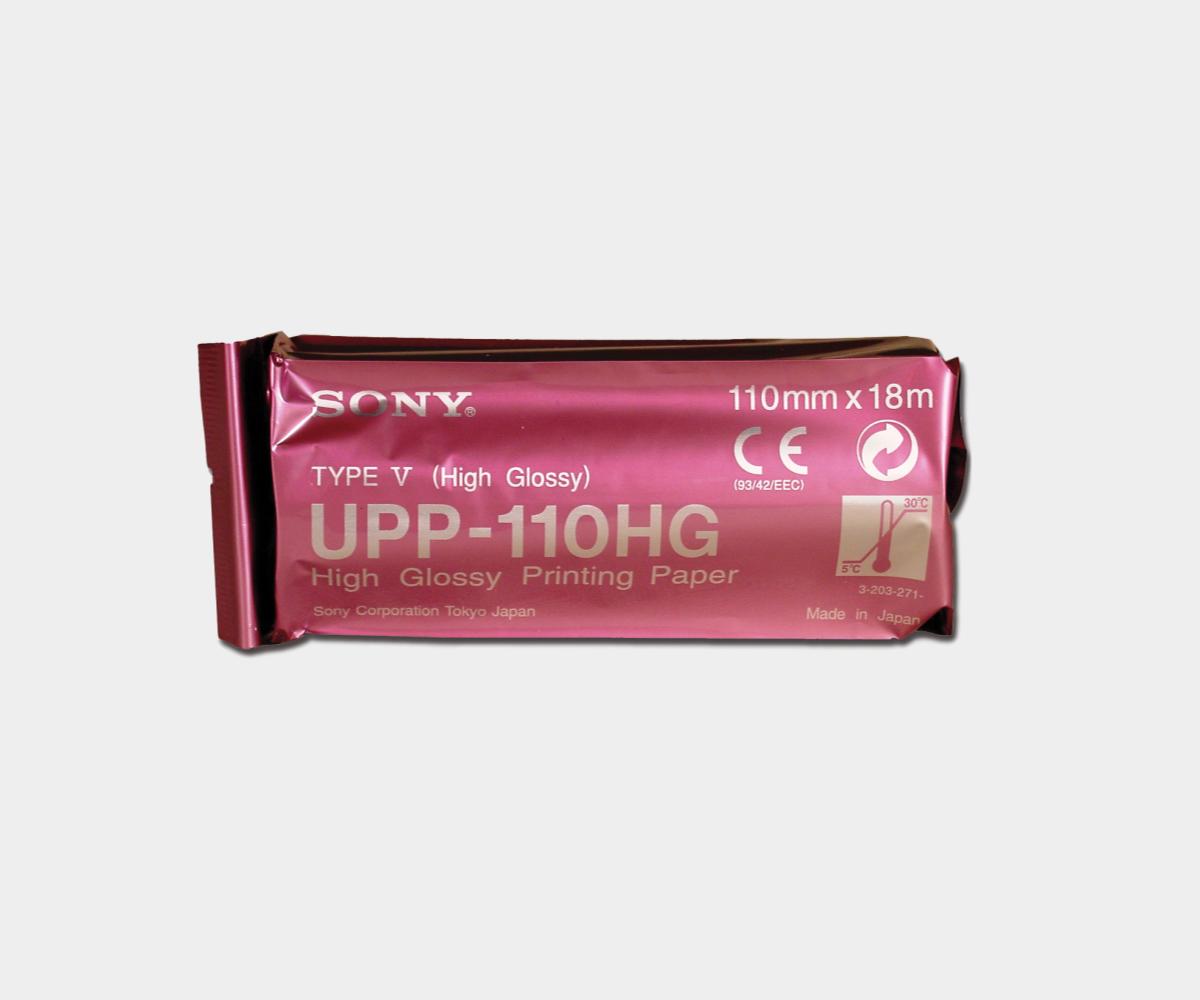During this year's Patient Safety Awareness Week, we want to highlight and recognize the hard work behind every medical practice in keeping patients protected and safe. There are many people involved in this work, from nurses to doctors and other staff members in contact with patients. Nevertheless, it all starts with the recommendations and guidelines given by Infection Preventionists (IP).
In the United States, “infection control” as a formal discipline was developed during the late 1950s to address the problem of nosocomial staphylococcal infections. For the next 50 years, the field of infection control grew slowly. It was initially focused on surveillance for healthcare-associated infections (HAIs), and then the science of epidemiology was incorporated to identify risk factors for HAIs.
The focus for hospital programs shifted from infection control to infection prevention when they realized it was more cost-efficient to put the efforts on prevention instead of just controlling them. These efforts required the rapid identification of infections, as well as timely actions to analyze them, and thus played an active role in the implementation of interventions for disease reduction.
After that, infection prevention and control (IPC) was created as a practical, evidence-based approach that prevents patients and health workers from being harmed by avoidable infections. In order to have an effective IPC, constant action is required at all levels of the health system, including policymakers, facility managers, health workers and those who access health services. Here is where infection preventionists play their part.

Heroes Without Capes: Infection Preventionists
Much of the work done by an IP is hidden because they prevent issues rather than treating them after the fact. Still, the truth is that infection preventionists are essential in the healthcare force.
The role of infection preventionists is to make sure healthcare workers and patients are doing everything they should to prevent infections. You can see these duties in nurses, epidemiologists, public health professionals, microbiologists, doctors, and other health professionals who are in constant contact with patients.
They do this by looking at infection patterns, surveilling, educating healthcare teams, advising hospital leaders and other professionals, compiling infection data, developing policies and procedures, and coordinating with local and national public health agencies.
Lisa Waldowski, a Regional Director in Infection Prevention and Control for Kaiser Permanente, shared that “It’s important to grow a new crop of infection preventionists in a profession in which 40% of the members are due to retire in the next 10 years.” This data might seem scary, but it is proof that now, more than ever, it’s essential to show the importance of their role in the safety of patients.
Healthcare-associated infections represent the biggest threat to patient safety. That is the reason why healthcare facilities have made prevention a top priority. According to the Centers for Disease Control and Prevention (CDC), 1 in 25 hospitalized patients will get an infection as a result of the care they receive, and an estimated 75,000 patients will die each year, costing the healthcare industry $6 billion annually.
The main priority for IP professionals is to hunt down infections, and they do it by following and encouraging others to follow simple but underestimated prevention strategies like regular hand hygiene, consistent use of aseptic techniques, cleaning and disinfection practices, standard precautions, patient education, the use of safety devices, and the removal of unnecessary invasive devices.
These professionals are an essential part of the healthcare team. By promoting a culture of patient safety, they are able to make a difference between a patient having a positive healthcare experience or a negative one.
The role of infection preventionists can even rebound in the finance department of hospitals. An appropriate safety management can mean savings or loss of a facility depending on how well they are dealing with potential infections.

Infection Preventionists and a Culture of Patient Safety
A Culture of patient safety is a group of beliefs, values, attitudes, perceptions, competencies, and behavior patterns that determine the commitment to ensure and guarantee patients’ safety. According to the Agency for Healthcare Research and Quality (AHRQ), a culture of safety is based on four fundamental principles:
- Acknowledgment of the high-risk nature of healthcare facilities and hospitals and the determination to achieve consistently safe executions of their activities.
- A blame-free environment where individuals can report errors without fear of reprimand or punishment.
- Encouragement of collaboration across ranks and disciplines to seek solutions to patient safety problems.
- Organizational commitment of resources to address safety concerns.
Andrea Blyth-Cheggour, Director of Infection Prevention at Tallahassee Memorial Hospital, says she knows she is doing optimal work when someone sees her walk into a unit and says, “oh no, here she comes again.” She explains that while doing rounds, IPs also have to audit all indwelling devices, such as catheters and central lines, and advocate for early removal of the lines to avoid infection.
Tiana Wells, Lead Infection Preventionist for the University of Minnesota Medical Center, states that a good infection preventionist is rarely at the desk. Audits in the healthcare facility are the most effective way to ensure that the staff is properly pre-cleaning equipment and following effective cleaning processes. IPs must check hand hygiene and uniform compliance. Tiana says. “I’m not here to tell them how to do their jobs. I’m here to put forward some best practices and help them do their jobs better and more safely – to give them tools and resources that arm them with success.”
Even though Patient Safety Awareness Week is celebrated one time every year, infection preventionists keep patient safety in mind all year long. Infection prevention is the most accurate practice to ensure patient and staff safety in healthcare facilities.
The role of IPs is the perfect example of how a proper prevention strategy, teamwork, transparency, and patient advocacy can lead to important achievements to decrease threats to patients and eliminate potential harm and infections.

At EDM, our commitment to patient safety is stronger than ever. We’ll keep providing effective solutions and working side by side with medical professionals to guarantee a safe place for patients where they can receive an optimal experience.
We offer a wide range of hospital-grade products and equipment designed to reduce and prevent the risk of infections. Our high-quality product line was created to cover five crucial areas of infection control: hand hygiene, medical exam safety, cleaning, disinfection, and storage.
Our products range from disinfectant sprays and wipes to ultrasound probes and equipment drapes. As leaders in the medical imaging sector, our experience with a diverse group of healthcare facilities allows us to provide customized solutions that meet the unique needs of your practice. Learn more about our process-driven approach to infection prevention and control here.






